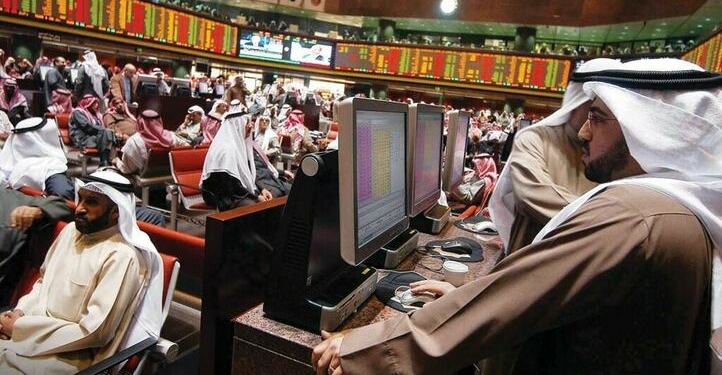NEW YORK: The dollar hit a four-month high on Wednesday, boosted by the benchmark U.S. Treasury yield, which continued its rise after breaking through 3 percent on Tuesday for the first time in four years.
The 10-year U.S. Treasury yield rose 5.2 basis points to 3.035 percent on Wednesday, driven by worries about the growing supply of government debt and inflationary pressures from rising oil prices.
That has caused U.S.-Japan and U.S.-German yield differentials to widen further in the dollar’s favor, leaving the yen and the euro lower.
Analysts on Wednesday saw signs the dollar could be recovering after months of relative weakness.
“The market is coming to the realization that U.S. growth is actually good. And Q1 data is probably not going to be as bad as some of the pessimists expected,” said Thierry Wizman, global interest rates and currencies strategist at Macquarie Limited in New York.
U.S. first-quarter gross domestic product data due on Friday could determine whether the dollar extends its gains. Growth expectations have been cut significantly since the start of the year: the Atlanta Federal Reserve cut its forecast to 2.0 percent from 4.2 percent in January. But that 2.0 percent is a step up from the 1.9 percent forecast on April 16, suggesting optimism.
The dollar’s performance against a basket of major currencies rose as high as 91.241 in New York trade, its strongest level since Jan. 12.
The dollar’s gains on Wednesday drove the euro down past the two-month low hit on Tuesday because of concerns that firmer U.S. yields would reduce demand for the region’s bonds at a time when hedge funds have amassed record long euro bets.
Analysts say the market needs clarity about the European Central Bank’s pace of planned rate hikes before the euro can break higher.
In early 2018 traders bet that synchronized global growth would force the ECB to accelerate monetary policy normalization. But weak data suggests there will be no change to interest rates announced at the end of the central bank’s meeting on Thursday.
“We don’t foresee the ECB making any changes at all until September, when the QE program officially ends,” said Alfonso Esparza, senior currency strategist at Oanda Corporation in Toronto, Canada, referring to the bank’s purchases of bonds.
The Mexican peso also continued to weaken on Wednesday, breaking through 19 to the dollar to hit a 2018 high of 19.143 pesos per dollar. The fall extends a seven-day weakening that started on April 17, when it opened at 18.002 pesos to the dollar.
The currency has been weakening on polls showing left-wing presidential candidate Andres Manuel Lopez Obrador in the lead ahead of the July 2018 general election.
Against the yen, the dollar hit a two-month high of 109.38 yen.
Source: Brecorder

























